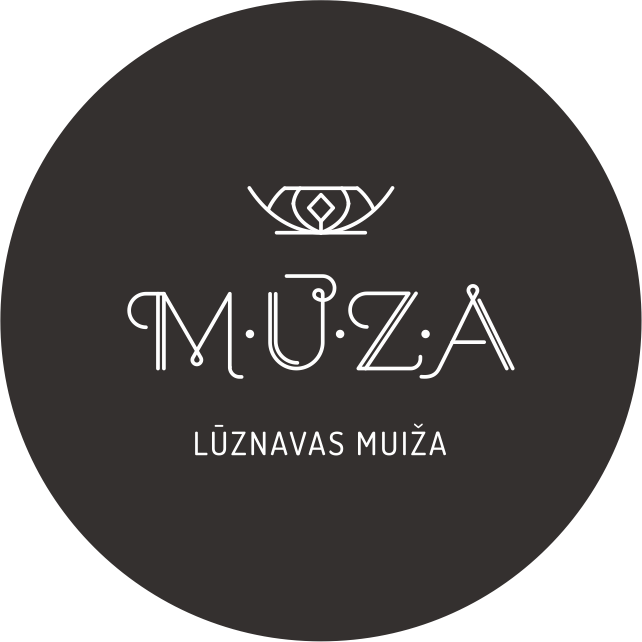PEPPERMINT
Latvian: piparmētra
German: Pfeffer-Minze
Swedish: pepparmynta
Estonian: piparmünt
Lithaunian: pipirmėtė
Russian: мята перечная
A perennial, cultivated medicinal plant of the mint genus, which has been widely
known throughout the world since ancient times. Although medicinally mint is a very
valuable plant that helps against many ailments, it is used not only in medicine and
pharmacy. The essential oil in peppermint contains menthol (~50%). Due to its
refreshing effect and pleasant, fresh taste, this plant is also used in the food and
perfume industry. For example – in the production of toothpaste, chewing gum and
lollipops.
The length of its erect, branched, green stem reaches 30-80 cm. Peppermint flowers
- light purple, cylindrical, spike-like inflorescences at the end of the stem and
branches.
Peppermint blooms from July to August. The fruit is a brown nut in a stone fruit.
Peppermint stands out with a strong minty smell. Peppermint is characterized by
long, creeping rhizomes and tendrils, with which the plant is easily propagated.
In Latvia, this cultivated mint is widely grown in gardens and even plantations as a
valuable medicinal plant. Individual specimens tend to grow in weeds near gardens,
but mint does not grow in the wild in Latvia.
APPLICATION
Peppermint is one of those plants that stands out in medicine for its very wide
application. This plant is often used for colds and flu, against sore throats and
bronchitis. Depending on the dosage and the method of preparation, the drug can be
used both as a tonic and also as a sedative.
Mint is known to activate and strengthen the human brain and stimulate mental
abilities. Because of its pleasant, refreshing taste, peppermint is commonly used for
nausea, vomiting, abdominal pain and bloating, gas accumulation, and to stimulate
the appetite.
Peppermint promotes the release of bile; it can also be used as a mild diuretic.
Mentha piperita also improves blood circulation. In addition, peppermint has a
disinfecting effect and is often used externally to heal inflammations, bruises and
wounds.
Externally, mint is also used to prepare various healing and pain-relieving
compresses, soothing aromatic baths, etc.
Peppermint is believed to have antitumor activity.
Preparation of medicinal preparations: the leaves of the plant are used to prepare
mint tea, which are usually harvested in dry weather at the beginning of mint
flowering (harvest all the leaves, later separating the leaves from the stem. After
harvesting the mint, the leaves can be stored for a long time in dried or frozen form).
To make tea, fresh or dried leaves are poured with boiling water and allowed to
infuse. Fresh and dried mint leaves, as well as the tops of the stems, are widely and
versatilely used in cooking. Peppermint is added to dishes when preparing roots,
vegetables and salads, meat and fish dishes, soups, sauces, preserves.
Latvians add mint to "heavy foods - sour foods, pea soups, etc., because the plant
also has the property of reducing the accumulation of gases in the digestive tract
and the feeling of satiety. Mentha piperita is an integral ingredient in spice blends.
Mint is an excellent addition to sweet dishes and is used in making jams, compotes
and jellies. Fresh leaves of the plant are also useful for garnishing various types of
food (e.g. when serving meat dishes or ice cream).
The place of origin of peppermint is the Eurasian continent, but nowadays mint is
known all over the world and for commercial purposes it is grown on a large scale in
the USA, Egypt and elsewhere. For example, mint grown in Japan is the main
source for the commercial production of menthol in the world.
Probably, many will associate peppermint not with its medicinal properties and use in
medicine, but with the chewing gum and candy business. Since the 19th century the
end of the 20th century In the early 1990s, when the first modern toothpastes,
chewing gums, and menthol candies appeared in the United States, the popularity of
these products only seemed to grow. Today, ~45% of the mint crop is consumed
directly in the production of menthol-flavored chewing gum and candies.
fitoterapija.lv
Augu katalogs ir tapis ar Eiropas Savienības finansiālu atbalstu Pārrobežu sadarbības programmas 2014.–2020. gadam projekta LVIII-062 “Versts of Feelings 2” ietvaros


